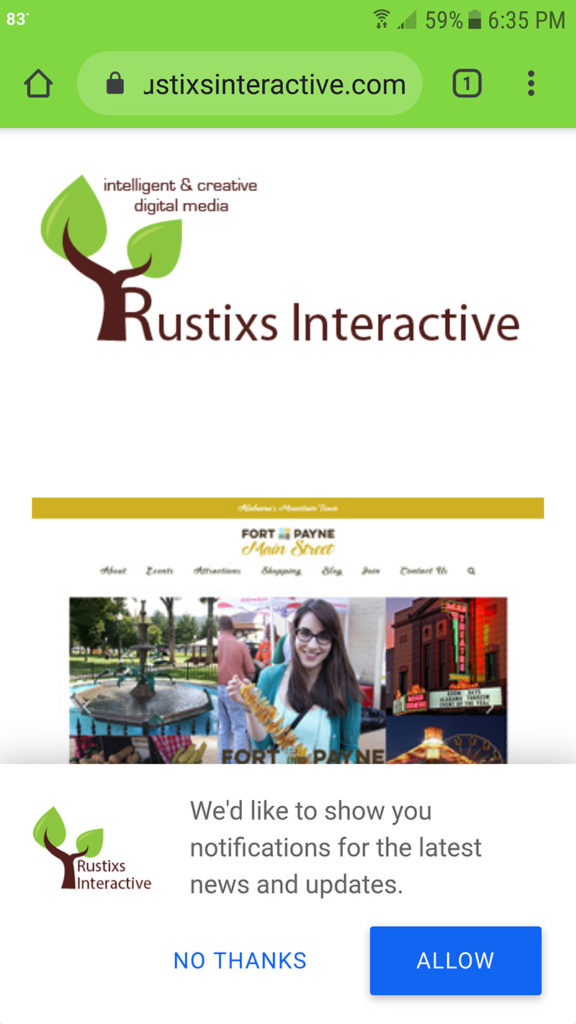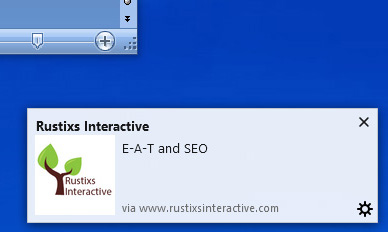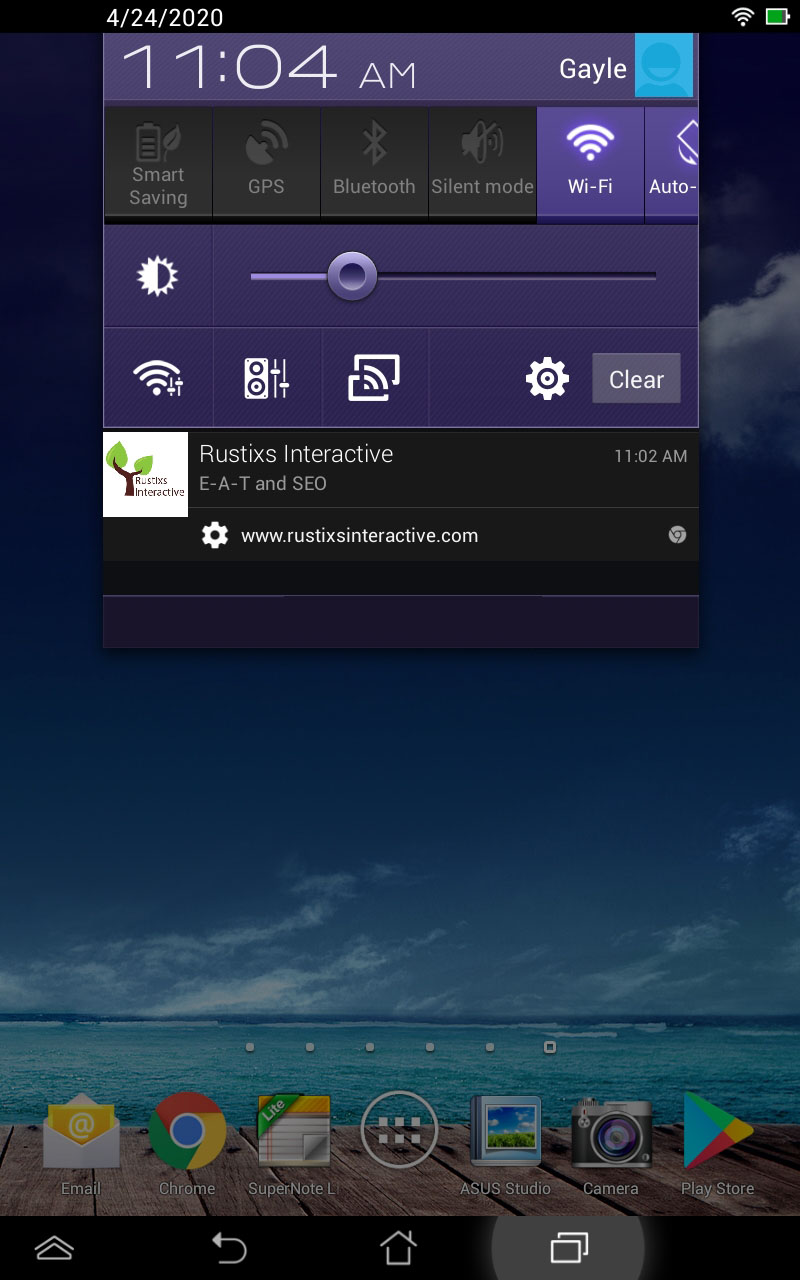 Depending on your needs, a native app may be where it is at for you and your users. Mobile applications with push notifications achieve up to three times more retention than their counterparts without push, and a user is three times more likely to reopen a mobile application than a website. In addition, a well-designed mobile application consumes less data and is much faster because some resources reside on the device.
Depending on your needs, a native app may be where it is at for you and your users. Mobile applications with push notifications achieve up to three times more retention than their counterparts without push, and a user is three times more likely to reopen a mobile application than a website. In addition, a well-designed mobile application consumes less data and is much faster because some resources reside on the device.
So, do you need a mobile app? Maybe. Maybe not. There is an alternative that hits a sweet spot and in many ways is better than a conventional mobile app. Progressive web application (PWA) technology has advantages over a native web application, chief among them being cost and time to development.
A PWA takes advantage of a mobile app’s characteristics, resulting in improved user retention and performance, without the complications involved in maintaining a mobile application. The user experience is similar to native apps on desktop and mobile devices.
PWA is a technology that creates a middle ground between a website and a mobile app. They are installed on the phone like a normal app (web app) and can be accessed from the home screen. Users can come back to your website by launching the app from their home screen and interact with your website through an app-like interface.
PWAs are traditional web applications that are enhanced with modern web technologies, allowing them to provide a more app-like experience. The “progressive” part means they’re “progressively enhanced” with modern web features, which means they’ll also work in older browsers that don’t support the new features, but will work better and with more features in modern browsers. They are always served via https, which means the data is secure in transit.
PWA are not like other apps in that you do not have to package them and submit to an app store which can save considerable time and expense. They are not platform specific — you do not have to develop different versions of the app files and submit new versions to various app stores to update it.
PWA are:
…reliable – they load very fast. Key resources are pre-cached on the device eliminating dependence on the network, ensuring an instant and reliable experience for users. All platforms and browsers that support PWAs can us the same app.
…fast – they respond quickly to user interactions with smooth animations and no jerky scrolling.
 …engaging – they feel like a natural app on the device, with an immersive user experience. PWA are install-able and live on the user’s home screen, without the need for an app store. Push notifications are possible using secondary services. New content is made available to the user if they have connection to the internet. A wide variety of key performance indicators are improved significantly after PWA implementation.
…engaging – they feel like a natural app on the device, with an immersive user experience. PWA are install-able and live on the user’s home screen, without the need for an app store. Push notifications are possible using secondary services. New content is made available to the user if they have connection to the internet. A wide variety of key performance indicators are improved significantly after PWA implementation.
…economical – separate app development costs are not required. A single PWA supports everything, rather than making separate apps for iOS, Android, Windows and the web. And better yet, there is software and services to make a website perform as a PWA.
…findable – search engines will be able to crawl the web and find available PWAs online. This is a major advantage over native apps. If desired, PWAs can be listed in app stores for easier discovery and installation, but you do not have to submit there and go through the approval hoops.
 …responsive – fits any viewport/platform size: desktop, mobile, tablet.
…responsive – fits any viewport/platform size: desktop, mobile, tablet.
…linkable – the URL can easily be shared and does not require complex installation. Upon visiting the URL, the user is prompted to add to their homescreen.
PWAs work on most modern device browsers and recent versions of desktop browsers. Upon visiting the website, the user is prompted to add the PWA to their homescreen. Pages they visit are cached on their device so that when they return via the app the pages load fast even if the network is sketchy.
From a maintenance and update perspective, PWAs are updated when the website is updated with new content or features. Updates do not have to be made to multiple different app stores and the same app will run on all browsers and platforms. This is a major time and effort saver.
The PWA apps can also use existing web technologies to access location services, the webcam, and other features like sharing, etc, that are associated with a native app.
Microsoft Edge, Google Chrome, Mozilla Firefox, Opera, Safari, Samsung browser and other modern mobile browsers support PWAs.
